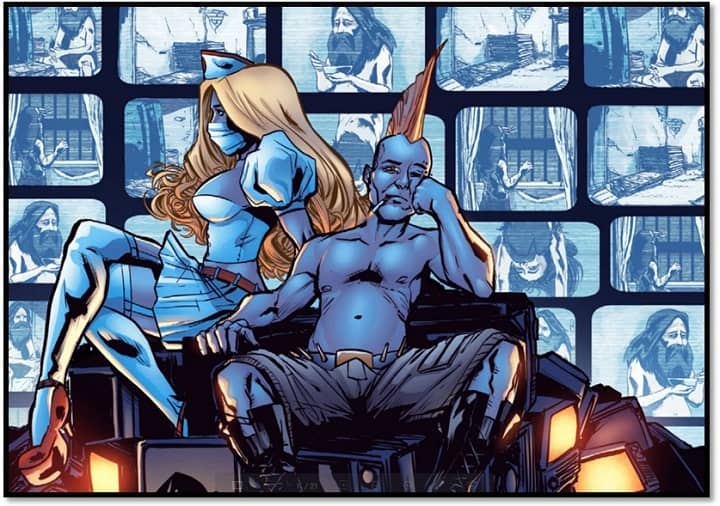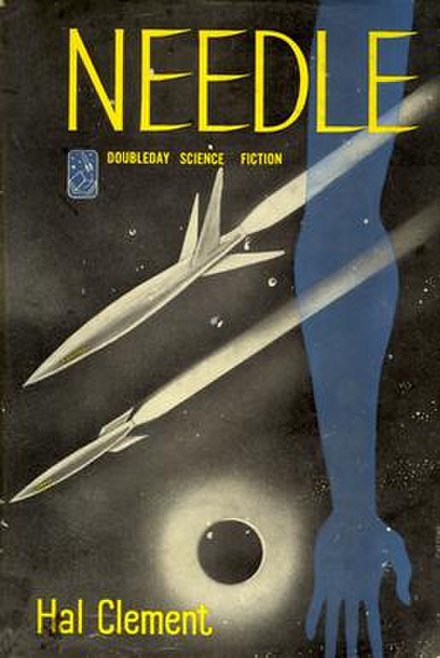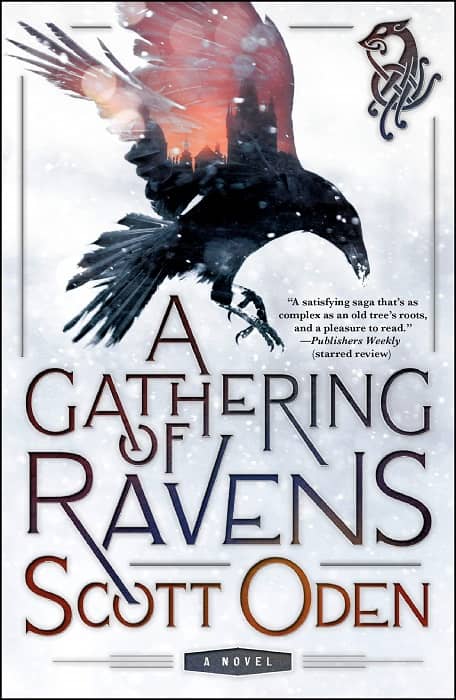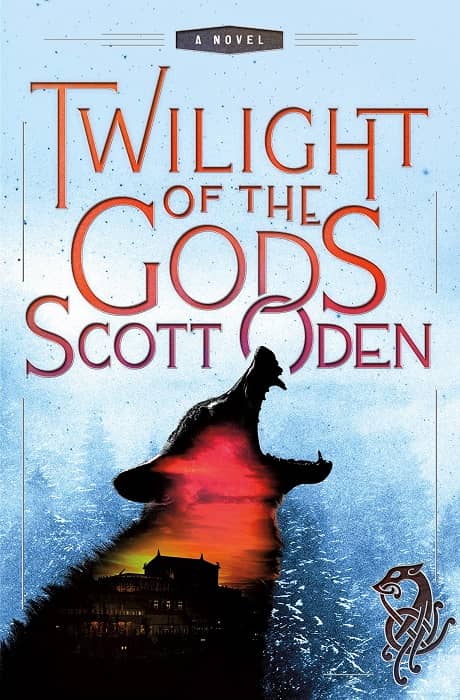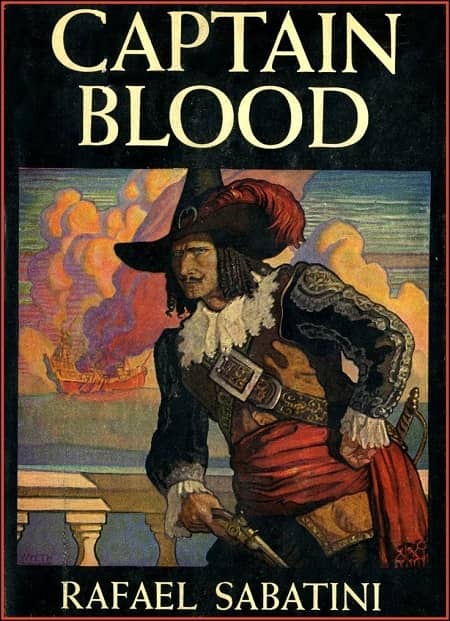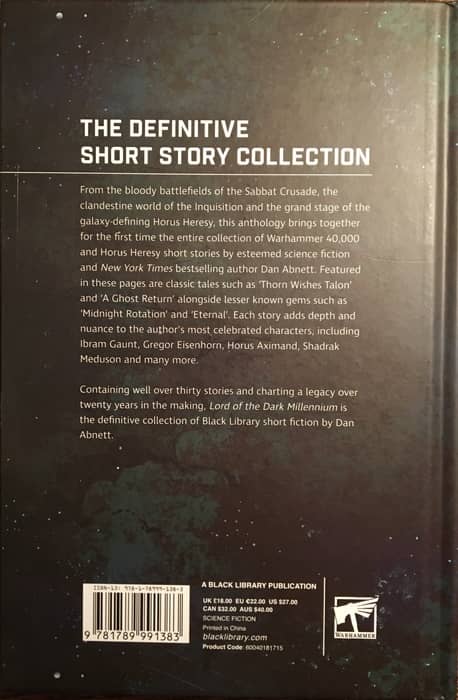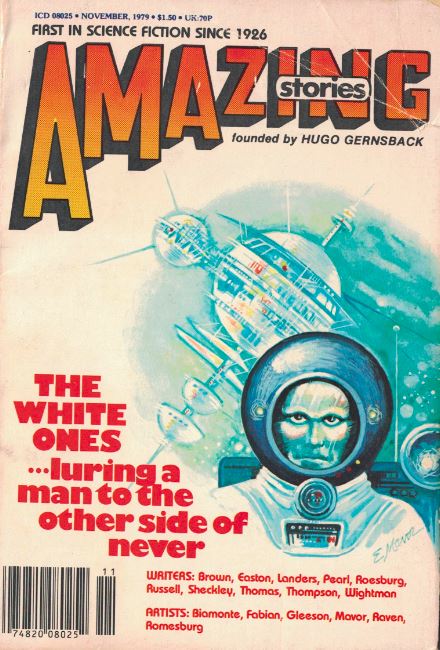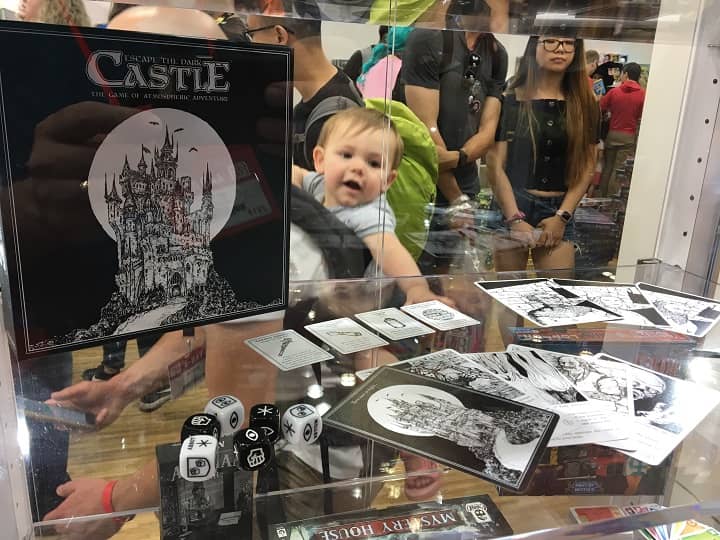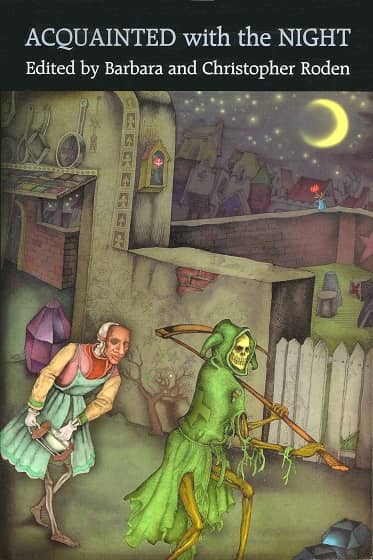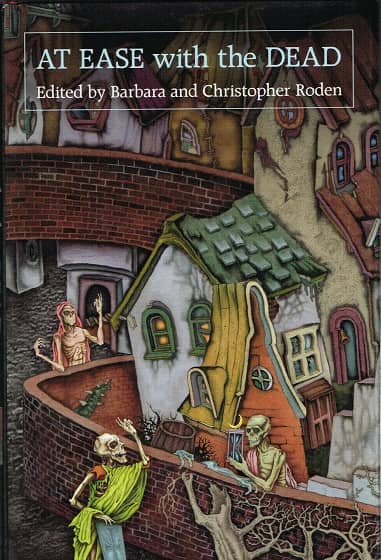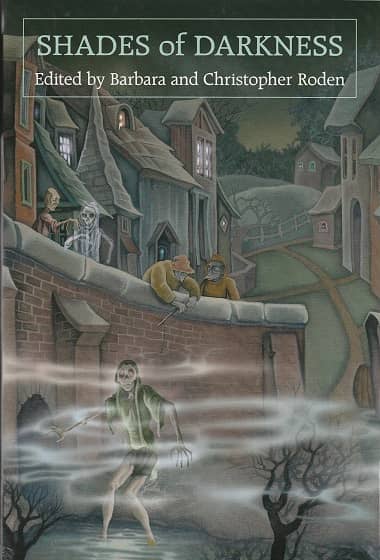Goth Chick News: The Crazy Reality of The Show
A whole 22 years has passed since we marveled at reality TV taken to the extreme via The Truman Show, and my, my, my weren’t we naïve back then? I mean, we were still almost 10 years from the train wreck that would be Keeping Up with the Karadashians, and even 4 years from the first Bachelor episode. Though we had by then voyeuristically tuned into The Real World, it would seem downright pedestrian when compared to what came later in the form of Temptation Island and Survivor. Today, I can’t come up with an accurate count of how many total reality television programs are currently airing, but several sources list at least 15 as ‘must see TV’ so the number must be well into the double-digits. And each year, audiences demand edgier, more titillating, more graphic content until we arrive at…
The Show.
It was a simple idea. Take a man, lock him in a room and film him slowly go mad. That man was Johnny Teevee and he’s been locked away for six years.
But, as Johnny’s antics become more predictable, ratings start to drop, and his producer is forced to go to extreme lengths to keep things entertaining.
It might be cruel, it might be immoral — but it makes good TV.
